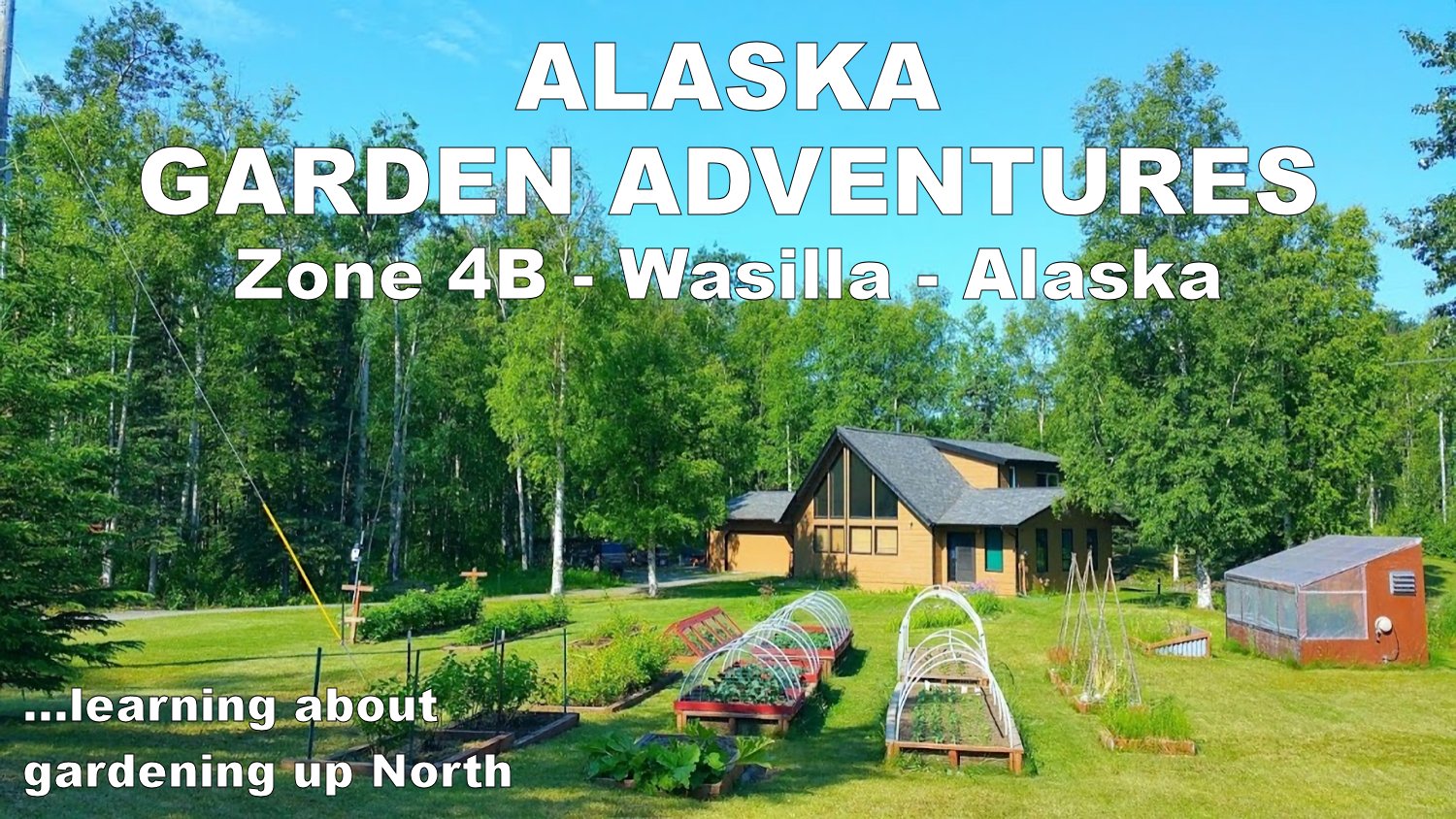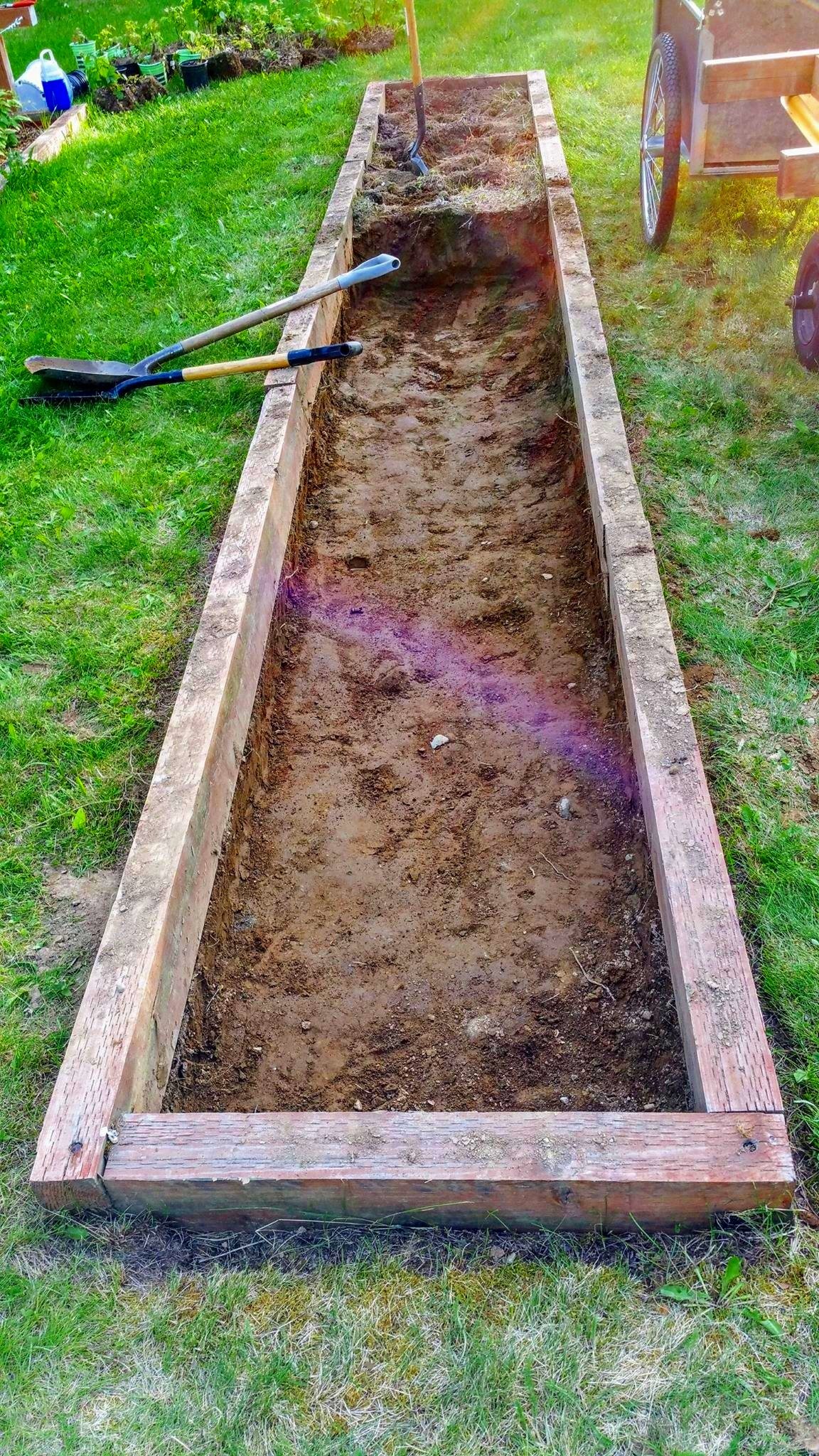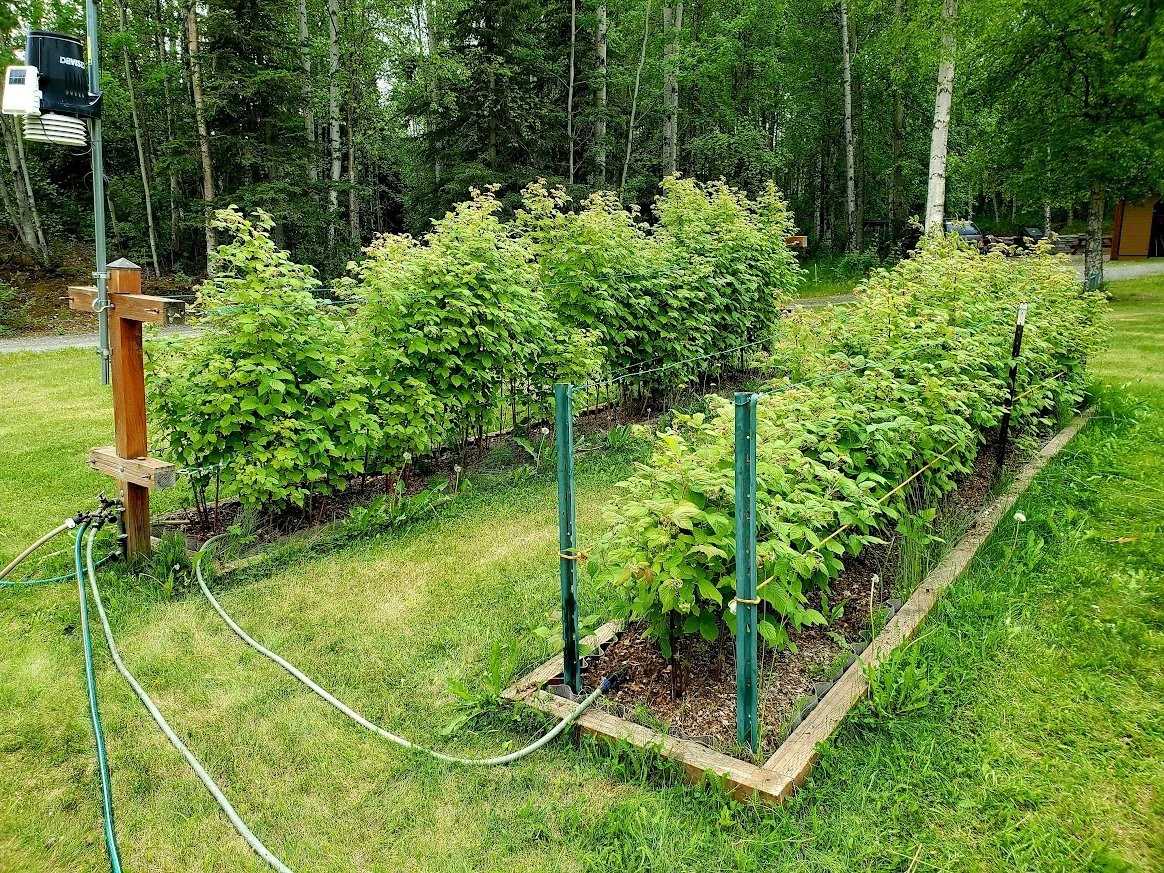Berry Scoop & Black Currants
One of the first things you will notice in Alaska, is the abundance of berries available. Homegrown, commercially grown, and wild berries were everywhere. I remember picking blueberries every year on our summer vacations to Northern Minnesota. You will be happy to find that wild blueberries are common in Alaska too. You can spend your free time within a short drive from Anchorage picking wild blueberries every summer. Alaska has many different wild berries free for the picking on public lands. Not only blueberries, but also wild raspberries, cranberries, red currants, salmonberries, and a few rare wild strawberries too. Berry-picking is very popular in Alaska and whole families will gather for berry picking season. You need to be quick since the best locations are well known and crowds can swarm an area picking every berry available in a short period of time. Growing your own berries in a backyard garden is something you may want to consider. Raspberries are the most common of the garden berries and grow quite well in Alaska. I finally had my own space when I bought a small duplex with a little front yard in Anchorage.
You really don’t need a large space to put in a short Raspberry bed. Raspberry plants are easy to find at any garden center or nursery. You may want to install a small raised garden bed to contain your raspberries. There are several varieties available that produce either red or golden berries. The common Latham red variety are easy to find at almost any local nursery. You will find that raspberries will send out root runners or rhizomes and spread so you have to be vigilant or they may take over your yard. you can build a wire trellis system and hopefully contain your plants inside of your garden bed. It is a continuing process of removing new raspberry shoots as they pop up around the yard.
You may want to purchase a copy of The Backyard Berry Book by Stella Otto. I highly recommend this book for everything you need to know about growing raspberries at home.
This book also has great information on growing many other berries as well in your backyard garden. You can also grow strawberries, gooseberries, and blueberries in Alaska too…
…My raspberries in Anchorage were amazing and loaded with big juicy berries every summer. I bought a small deep freezer and soon it was filled with bags of frozen raspberries.
In 2004 I bought a home in the country near Wasilla, Alaska and moved out of the city and I sold my duplex in Anchorage. Raspberry plants are very easy to dig up and transplant so when I sold my duplex I brought my raspberry plants along to the new property.
My raspberries did not seem to do as well at my new location and I suspected it was due to the poor soil. My yard in Anchorage had good rich topsoil. My new property had a poor clay and gravel based soil so I had to start composting and even purchased topsoil for my garden beds. My raspberries continued to spread so that required me to keep watch for plants popping up and trying to keep them confined was not ideal.
I decided to dig out my bed completely and replace the poor soil and install a barrier to reduce the spreading. I think it was well worth the physical effort. I dug out and separated the plants. I removed the poor soil by hand and replaced it with good soil and rich compost and I installed a below ground root barrier around the bed and topped with a thick layer of mulch. It has certainly helped reduce the root spreading. I use a soaker hose for irrigation that works well under the mulch.
In 2009 I had my overhead electric service moved underground and removed an ugly power pole in the center of my yard. This allowed me to do more garden landscaping. I added a second raspberry bed next to the first one and I dug out some of the plants to replant into the new bed. I also dug out the poor soil and added in rich compost and a below ground root barrier as before. I now have two raspberry beds that are fully mature and producing bumper crops of berries every year.
Along with raspberries I now have beds for gooseberries, Black currants, strawberries, and after struggling to grow blueberries I finally decided to give up and grow Haskap or Honey berries. Similar in taste but more cold tolerant and better suited the arctic climate.







